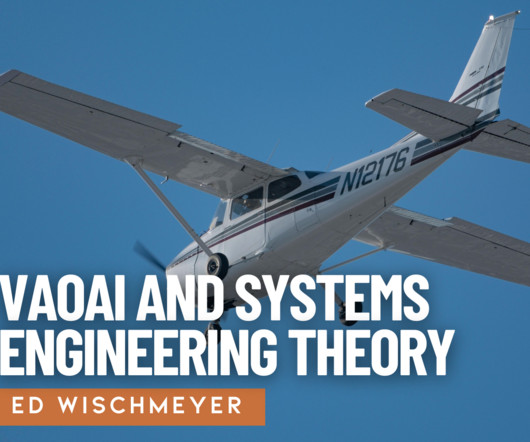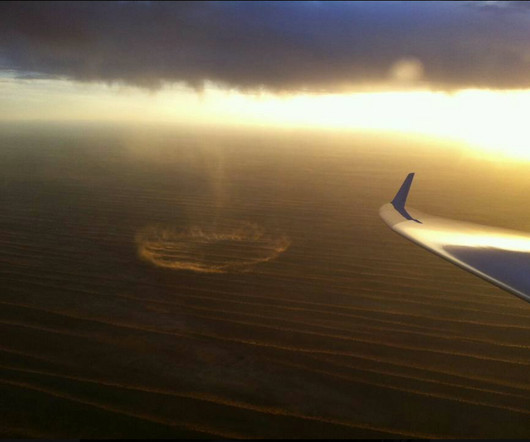Visual Angle of Attack Indicators and Systems Engineering Theory
Air Facts
APRIL 14, 2025
Two More Concept Failures One recent general aviation fad that did not catch on, fortunately, was the continuous turn from downwind to final approach. There are many factors in play, but the short version is that a continuous turn to final is just a conventional traffic pattern with a really short base leg.
















Let's personalize your content